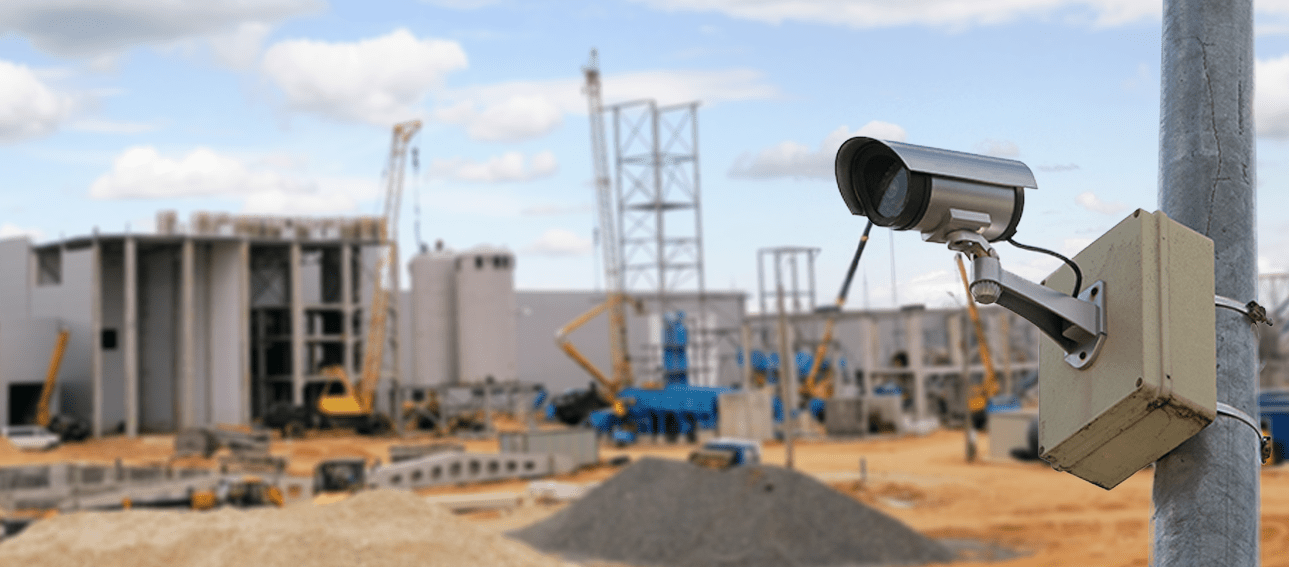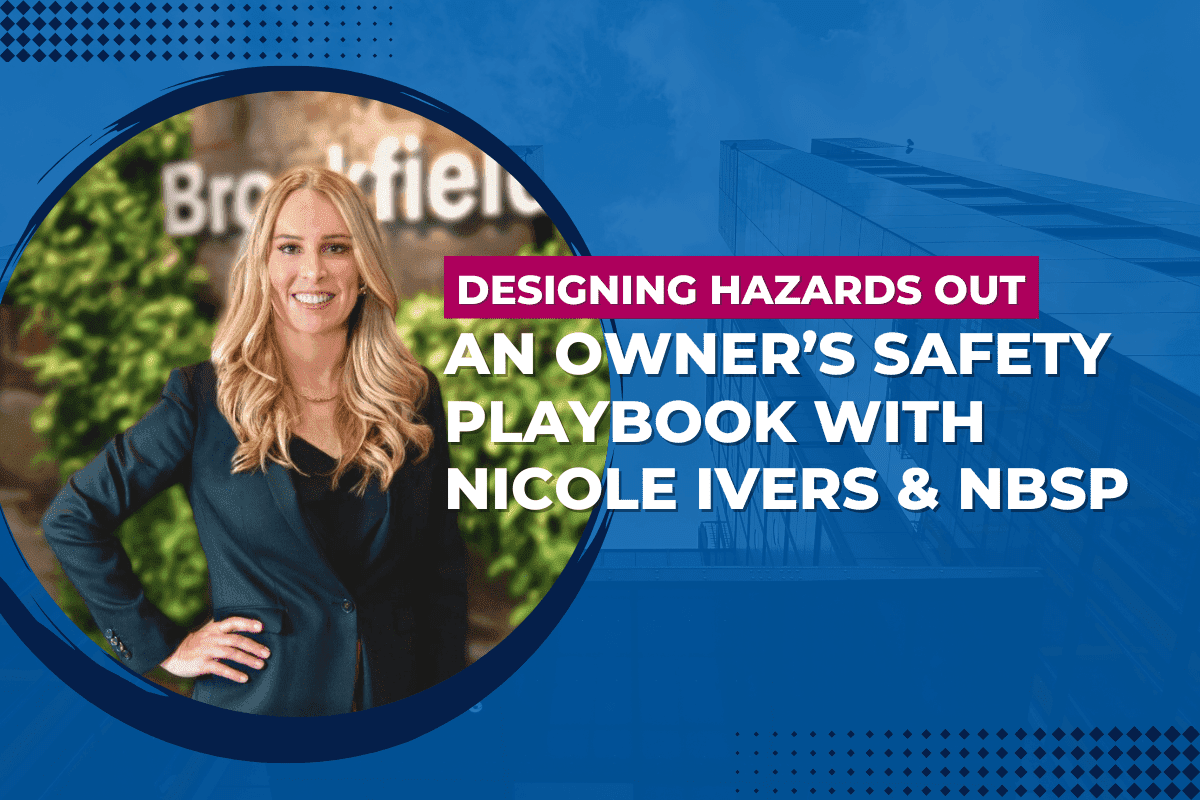Are you looking to add more movement and visual interest to your construction time lapse project? PTZ (Pan-tilt-zoom) cameras can be programmed to move on three axes as they capture images. This, in combination with the sped-up motion of time lapse, can create interesting effects.
There are several challenges and considerations that builders need to keep in mind when selecting the right camera for their time lapse project.
So before deciding on PTZ, explore the pros and cons of using the PTZ camera for a construction time lapse project.
We also suggest alternative approaches, such as using high-quality 4K still cameras and creating effects in post-production.
Whether you use PTZ cameras or other alternatives depends on your needs and goals.
How PTZ (Pan-tilt-zoom) Cameras Work
Sites that need remote monitoring typically use PTZ cameras. Since the cameras can move horizontally and vertically, zoom in and out to capture a wide range of views, it helps with surveillance.
The ability to control the camera's movements and capture footage from various angles allows project managers to use the camera for security, safety, progress tracking, remote monitoring, and documentation. Let's explore these points in detail!
Pros
-
Dynamic view
Using a PTZ camera for construction time lapse can provide a more dynamic and detailed view of the construction process. With the PTZ ability, the camera can capture a wider range of perspectives and movements. Project managers can feature details like cranes lifting materials or workers installing equipment.
-
Remote Monitoring
PTZ cameras can be accessed remotely, making it easy to adjust the camera angle or zoom in on a particular area of interest. This allows for greater flexibility and precision when capturing the construction process.
-
Security
The very design of these cameras is intended for real-time security monitoring. A remote operator can point the camera to different parts of the site and zoom in to see live video of specific activity or program the camera to detect motion and send alerts in case of any suspicious activity. This can monitor the site for theft, vandalism, and unauthorized access.
Cons
PTZ cameras are more expensive and complicated than those used for time lapse.
-
Narrow Field of View
Fixed position cameras have an 85º to 115º field of view that is constantly recorded but captures less of the site. On the other hand, with modern high-resolution cameras, you can instead zoom into the frame to reveal details in specific areas of the job site.
PTZ cameras can rotate through 360º depending on how they are mounted, but you only capture 58º to 70º at a time.
If placed correctly, one or more wide-angle GoPro time lapse cameras will give you 100% continuous job site coverage. PTZ cameras will have blind spots as they pan across their range.
-
Higher cellular data costs
Time lapse does not require a live video feed. Quite the opposite, a time lapse is a collection of still images taken at timed intervals. When stitched together, the images create the impression of speeding up time. It's the quality of the images that counts.
-
Lower image quality
Dollar for dollar, a camera with a motorized remote control will deliver a lower-quality image. The field of view may also be less with a PTZ. Not being able to capture the entire site without panning might be a factor to consider.
The motorized gimbal that provides three-dimensional movement requires more maintenance than a still camera. This movement can also create image blur.
-
Higher risk of power loss
Power consumption is also an issue. If you are using solar power, this may be a consideration. As a general guideline, PTZ cameras typically consume 10-50 watts of power. A still camera typically consumes between 1-5 watts of power.
The complexity of setup and taking advantage of the PTZ functionality may also be a consideration. Is there a less expensive, more reliable alternative?
4K Can be equivalent to PTZ
Consider using a 4K still camera and creating the effects of pan, tilt, and zoom in post-production.
A high-quality, 4K still image can be cropped to recreate a zoom effect.
If you crop a 4K image to 1080 resolution, you will zoom in by a factor of 2. This is because 1080 is half the horizontal and vertical resolution of 4K.
Move around the image to create the pan and tilt effects. Creating these effects in post-production may be a simpler alternative than programming the PTZ camera.
Add a second 4K camera
Another alternative is to add a second time lapse camera.
Choose a second fixed position that highlights details such as loading and unloading. Alternatively, this dual camera can be moved around the site to take advantage of special construction moments. This will add variety that a single PTZ camera will not achieve.
Conclusion
PTZ cameras can be a great option for adding movement and dynamic perspectives to construction time-lapse projects. However, the benefits come at a higher cost and complexity than still camera maintenance, power consumption, and field of view should also be considered when choosing between PTZ and still cameras.
An alternative approach is to use a high-quality 4K still camera and create the pan, tilt, and zoom effects in post-production.
This may provide a simpler and less expensive solution while still achieving similar results.
Adding a second fixed or movable camera can also add variety and capture important details from multiple angles.
Ultimately, the decision between using a PTZ camera or other alternatives will depend on the specific needs and goals of the time lapse project.
To learn more about how to easily deploy a CamDo Time Lapse Camera on any jobsite click on the button below.




